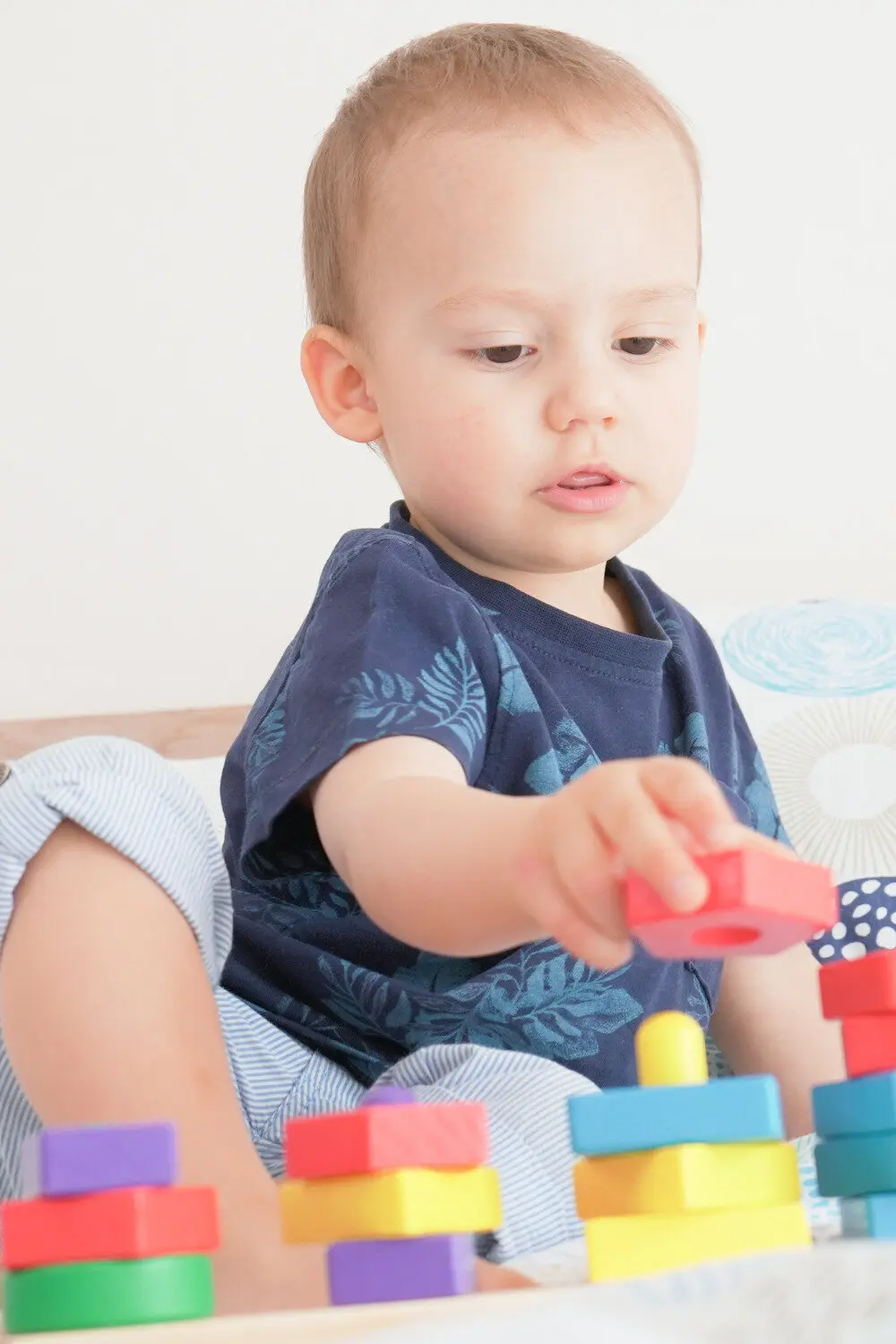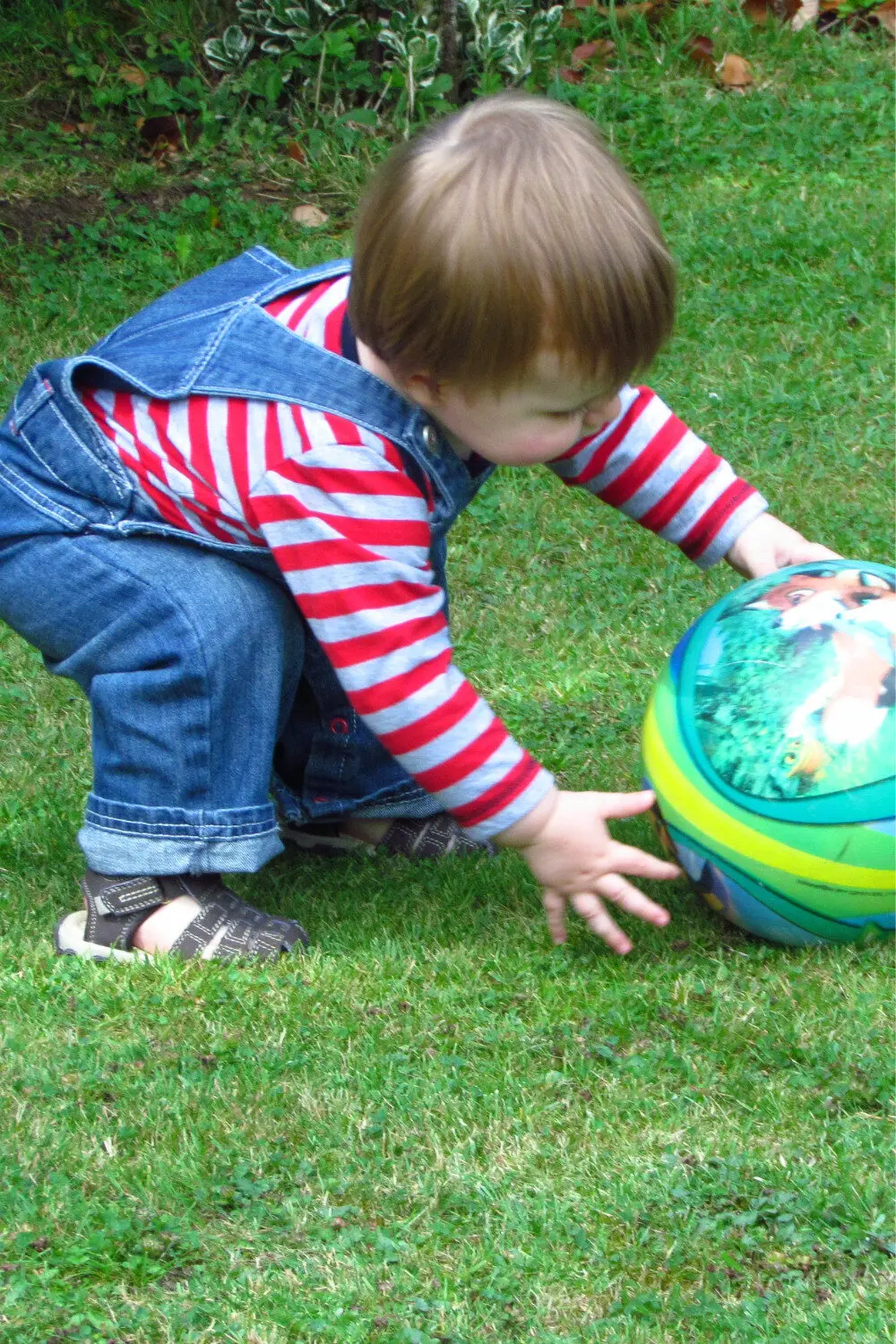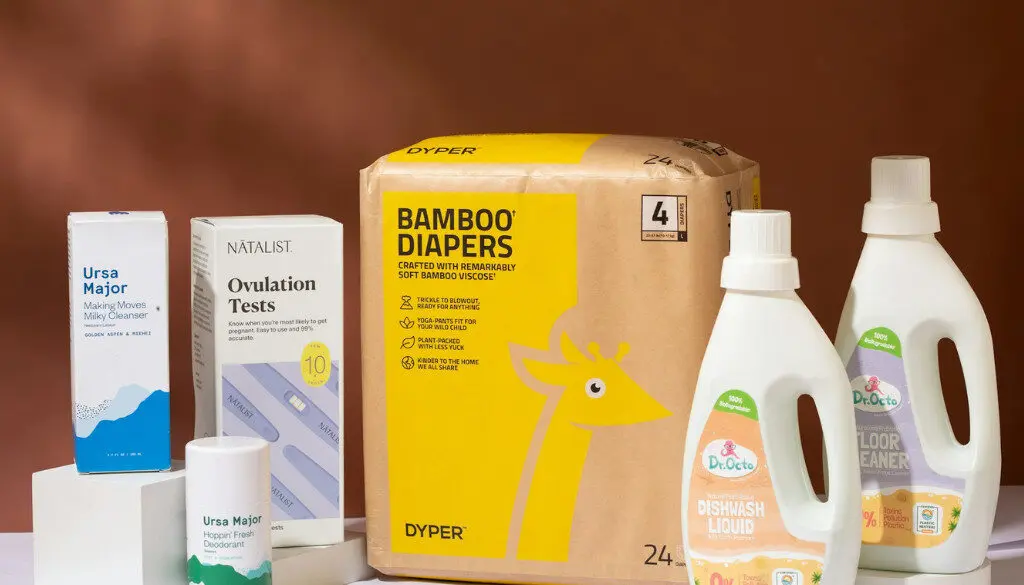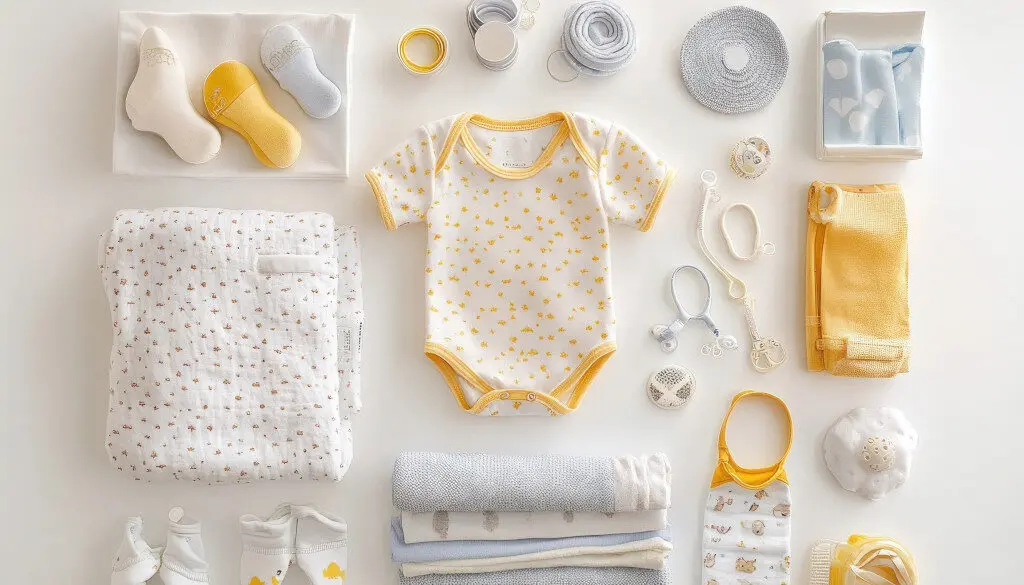Are you tired of seeing your toddler’s energy levels soar while being cooped up indoors? You’re not alone. Many parents struggle to keep their little ones engaged and active on rainy or cold days. Fun indoor activities can be a lifesaver, providing a much-needed outlet for their boundless energy.
Engaging in active play indoors not only helps to burn off excess energy but also promotes healthy development. It can be a sanity-saver for parents. In this article, we’ll explore some exciting ways to keep your toddler active and entertained indoors.
If you’re in the thick of newborn chaos, you’re not alone – and you definitely don’t have to figure it all out solo. Be sure to check out 5 things I wish I knew about newborns for a dose of real talk, and when you’re ready to tackle baby sleep, this simple baby sleep schedule can work wonders. Need a break or trying to keep your older kiddo entertained? Try these fun and easy toddler activities at home. Oh, and don’t forget the essentials – here’s what to pack in your diaper bag before heading out, plus some Amazon baby must-haves under $25 that actually work.
Key Takeaways
- Discover fun and engaging indoor activities for your toddler.
- Learn how to create a safe and active play environment indoors.
- Explore a variety of games and ideas to keep your toddler entertained.
- Understand the benefits of active play for toddlers’ development.
- Get tips on how to manage your toddler’s energy levels indoors.
The Importance of Active Play for Toddler Development
Active play is key for toddlers, helping with physical, cognitive, and emotional growth. It’s not just about getting tired; it’s vital for their development.

Physical Development Benefits
Active play boosts a toddler’s physical skills. It helps with running, jumping, and climbing. It also improves fine motor skills through coordinated activities.
Regular active play ideas for toddlers enhance balance, strength, and flexibility.
- Improves gross and fine motor skills
- Enhances balance and coordination
- Boosts overall physical strength and flexibility
Cognitive and Emotional Benefits
Active play also benefits a toddler’s mind. It boosts problem-solving, creativity, and imagination. It’s key for emotional growth, teaching about boundaries, sharing, and cooperation.
Through active play, toddlers learn social skills, manage emotions, and develop empathy. It’s a crucial time for their future social and emotional intelligence.
Sleep Quality Improvement
Active play can also improve a toddler’s sleep. Physical activity helps regulate sleep patterns, leading to better rest. A well-rested toddler is happier and easier to manage.
By adding active play to their daily routine, parents support their toddler’s growth. It also helps with healthier sleep habits.
Indoor Toddler Games That Burn Energy (What You’ll Need)
To start playing indoor toddler games, you need a few basic things. The great thing is, you probably have most of these items at home already.
Common Household Items as Play Equipment
Indoor toddler games are awesome because they need little equipment. You can use common household items to make fun play areas. For instance, you can:
- Couch cushions and pillows to make a soft obstacle course
- Blankets and sheets to build tents or tunnels
- Empty cardboard boxes for hide-and-seek or as pretend play containers
- Balloon balls or soft balls for indoor ball games

Creating a Safe Indoor Play Space
Before playing, it’s key to create a safe indoor play space. This means:
- Clearing the room of any breakable or dangerous objects
- Padding sharp corners or edges
- Securing any heavy furniture or appliances
- Watching your toddler during playtime
By doing these simple things, you can make a fun and safe place for your toddler. They can then burn off energy and learn new things.
Obstacle Course Adventures
Turning your home into an obstacle course is a fun way to burn your toddler’s energy. It also helps with their physical and cognitive growth. You can use common household items to make a challenging and exciting course.
Obstacle courses are more than just physical activity. They also boost problem-solving skills, coordination, and balance. As your toddlers move through the course, they learn to face challenges, make decisions, and overcome obstacles. These are key life skills.
Pillow Pathway Challenge
The Pillow Pathway Challenge is a fun activity that uses pillows or cushions. You can set them up in a straight line or make a more complex route. This activity helps improve balance and coordination as your toddler walks or jumps from one pillow to the next.
- Arrange pillows or cushions in a pathway.
- Encourage your toddler to walk or jump along the pathway.
- Time them and challenge them to beat their previous times.
- Make it more challenging by adding turns or obstacles along the pathway.
Under-Over-Around Course
The Under-Over-Around Course is another exciting activity. It uses various household items for different challenges. Your toddler will need to crawl under, climb over, or move around objects. This activity boosts physical agility and problem-solving skills.
To set up this course, you can use items like:
- Chairs or tables to crawl under.
- Small hurdles or cones to weave around.
- Soft blocks or cushions to climb over.
By adding these active indoor games and movement games for kids to your daily routine, your toddlers will stay active and happy. Obstacle courses like the Pillow Pathway Challenge and Under-Over-Around Course are great for their overall development.
Dance and Movement Games
Getting toddlers to move can be fun with indoor dance and movement games. These activities help burn energy and boost physical and creative skills. They are great ways to keep your toddler active and engaged while having fun together.
Freeze Dance Party
A Freeze Dance Party is a fun way to get your toddler moving. Play upbeat music and let your child dance. Then, stop the music and say “Freeze!” Your toddler must stay still until the music starts again.
This game is not only fun but also helps with self-control and listening skills.
Animal Movement Mimicry
Animal Movement Mimicry is another fun activity. Choose animals and mimic their movements. You can hop like a bunny, crawl like a bear, or jump like a frog.
This game boosts creativity and physical activity. It helps your toddler develop motor skills while having fun.
Both games are easy to set up and need little equipment. They are perfect for indoor play and fun for the whole family.
Indoor Ball Games for Small Spaces
Small spaces don’t limit playtime. Indoor ball games fit any home. They keep toddlers active and improve their skills. Let’s look at some fun indoor ball games for small spaces.
Sock Ball Bowling
To play Sock Ball Bowling, you need rolled-up socks or small balls. Also, empty plastic bottles or cans. Place the bottles in a triangle on the floor. Your toddler rolls the sock ball to knock them down.
This game helps with throwing and hand-eye coordination.
Balloon Volleyball
Balloon Volleyball needs a balloon and a makeshift net. Use a string or a broom handle between chairs. Inflate the balloon and hit it back and forth.
This game boosts movement and timing.
| Game | Equipment Needed | Skills Developed |
|---|---|---|
| Sock Ball Bowling | Rolled-up socks, empty plastic bottles or cans | Throwing, hand-eye coordination |
| Balloon Volleyball | Balloons, makeshift net | Timing, hand-eye coordination |
Jumping and Hopping Activities
Jumping and hopping are fun for toddlers and help them grow physically. They improve coordination, balance, and motor skills. Playing these games indoors is great when it’s too wet outside.
Indoor Hopscotch with Tape
Creating an indoor hopscotch with tape is a fun activity. It’s easy to set up and works in many indoor areas. Drawing a hopscotch grid on the floor helps your toddler practice jumping and balance.
Jumping Bean Game
The Jumping Bean Game is another fun jumping activity. Fill small beanbags or soft balls with rice or beans. Then, have your toddlers jump over or around them. This game boosts physical activity, coordination, and agility.
| Activity | Benefits | Setup |
|---|---|---|
| Indoor Hopscotch | Improves balance, coordination | Use tape to draw a hopscotch grid |
| Jumping Bean Game | Enhances agility, promotes physical activity | Use small beanbags or soft balls filled with rice or beans |
These activities are great active play ideas for toddlers. They keep your little ones active, engaged, and happy indoors.

Treasure Hunt and Hide-and-Seek Variations
Turning your living room into a treasure hunt or hide-and-seek area is fun. It keeps your toddler active and sharpens their problem-solving skills. Plus, it encourages them to play more.
There are many ways to play treasure hunts and hide-and-seek indoors. You can change them to fit your toddler’s age and energy level. This keeps them interested and happy.
Active Treasure Hunts
Active treasure hunts get your toddlers moving. Hide items around the house for them to find. It’s a fun way to burn energy and improve their thinking skills.
To start an active treasure hunt, hide small treasures or treats. Create clues for your toddler to follow. You can make it harder by adding riddles to solve before finding the next clue.
Flashlight Tag
Flashlight tag is a fun twist on traditional tag games. It’s great for indoor play. Using flashlights adds excitement and challenge.
To play, turn off the lights and give each child a flashlight. One child is “it” and has to tag the others. The others must avoid being tagged by moving and using their flashlights to distract.
This game is not only fun but also helps improve your toddler’s reflexes and navigation in the dark.
Pretend Play with Physical Components
Parents can make playtime fun and healthy by mixing pretend play with physical activity. This mix boosts imagination and keeps toddlers active and healthy.
Pretend play is key for toddlers, helping with thinking, feeling, and moving. Adding physical parts makes playtime even better. Here are some fun ways to do this.
Superhero Training Camp
Turning your living room into a Superhero Training Camp is a great idea. Use couch cushions, chairs, and blankets to make an obstacle course. Toddlers can crawl, jump, and climb, improving their skills while playing superheroes.
- Create a “superhero cape” using a towel or blanket for toddlers to wear.
- Set up “training challenges” like crawling through tunnels or jumping over small hurdles.
- Use verbal cues like “Save the day!” or “Defeat the villain!” to encourage active play.
Safari Adventure
Going on a Safari Adventure is another great idea. Make a “safari” area at home with blankets, pillows, and other items. Toddlers can explore and mimic animal movements, like crawling like a lion or jumping like a monkey.
- Designate different areas for different animals, using props and toys to create an immersive experience.
- Encourage toddlers to make animal sounds and move accordingly.
- Use this opportunity to teach toddlers about different animals and their habitats.
These activities boost physical skills and creativity. By adding physical parts to pretend play, parents can give their toddlers a fun and well-rounded experience.
Sensory Play That Gets Them Moving
Sensory play is more than just touching and smelling things. It’s a great way to get toddlers moving inside. By adding movement to sensory activities, you make it fun and engaging. This helps your toddler burn energy and develop their senses.
Sensory play grabs a toddler’s attention, making them more active. It combines sensory fun with physical movement. This improves their coordination, balance, and fitness.
Indoor “Beach” Volleyball with Balloons
Turn your living room into a beach with balloon volleyball. Inflate a balloon and play a game of catch with your toddler. You can make it harder by using a broom or paddle to hit the balloon.
- Inflate a balloon to create a “beach ball.”
- Use a broom or paddle to hit the balloon.
- Encourage your toddler to run around and hit the balloon.
Texture Walk
Make a texture walk by placing different materials on the floor. Use foam mats, sandpaper, fabric, and bubble wrap. Let your toddler walk on it, feeling different sensations.
- Gather various textures like foam, sandpaper, and fabric.
- Lay out the textures in a path.
- Encourage your toddler to walk along the texture path.
Adding sensory play to your toddler’s day is fun and keeps them active. These activities help them burn energy and grow.
Tips for Enhancing Sensory Play:
- Mix different textures and sensations.
- Encourage exploration and movement.
- Make it a game by adding challenges or time limits.
Managing Energy Levels and Transitions
Understanding your toddler’s energy is key to their growth and your peace. Toddlers are full of energy, making it hard to manage, especially when they can’t play outside.
Recognizing the Signs: Knowing when your toddler needs more activity is important. Look for signs like restlessness, fidgeting, and lots of energy.
Signs Your Toddler Needs More Activity
If your toddler shows these signs, it’s time for more play:
- They’re always moving, like running or jumping
- They have trouble settling down for naps or bedtime
- They get irritable or cranky
- They might act out because they’re too energetic
Spotting these signs lets you find the right activities to manage their energy.
Transitioning from Active Play to Quiet Time
Switching from play to quiet time can be tough. Here are ways to make it easier:
- Slow down activities gradually
- Play calming music or nature sounds
- Dim the lights to signal it’s time to relax
- Do quiet activities, like reading or puzzles
A calm environment helps your toddler settle down for quiet time.
Here’s a simple daily routine that balances play and quiet time:
| Time | Activity | Type |
|---|---|---|
| 8:00 AM | Breakfast | Quiet |
| 9:00 AM | Indoor Obstacle Course | Active |
| 10:30 AM | Snack Time | Quiet |
| 11:00 AM | Dance Party | Active |
| 12:00 PM | Lunchtime | Quiet |
Incorporating These Games into Daily Routines
Adding these games to your toddler’s routine can be fun and good for them. Here’s how:
- Put active play after breakfast and before lunch
- Do quiet activities after lunch and before naptime
- Switch between high-energy and low-energy activities
By mixing play with quiet time, you help your toddler use their energy healthily. This makes for a more peaceful home.
Conclusion: Keeping the Fun Going While Preserving Your Sanity
Playing 15 indoor toddler games that burn energy is great for their growth. These games help them use up energy and learn new things. They also help with thinking and feeling skills.
Adding active play to your day makes it fun and healthy for your toddler. There are many games to choose from, like obstacle courses and sensory play. They match different moods and energy levels.
It’s important to balance active play with quiet time. This keeps you sane and your toddler happy. With these games, your home can be a place of fun and learning for your child.






